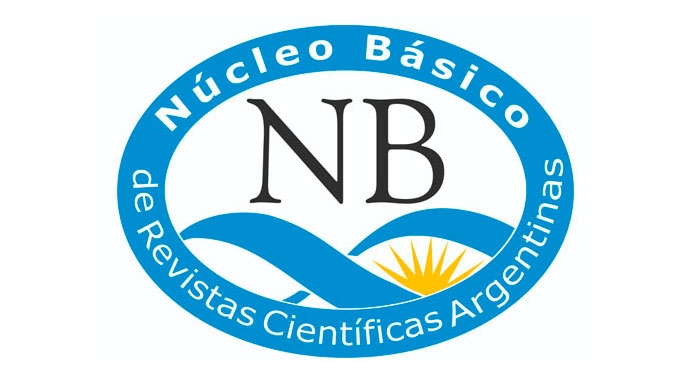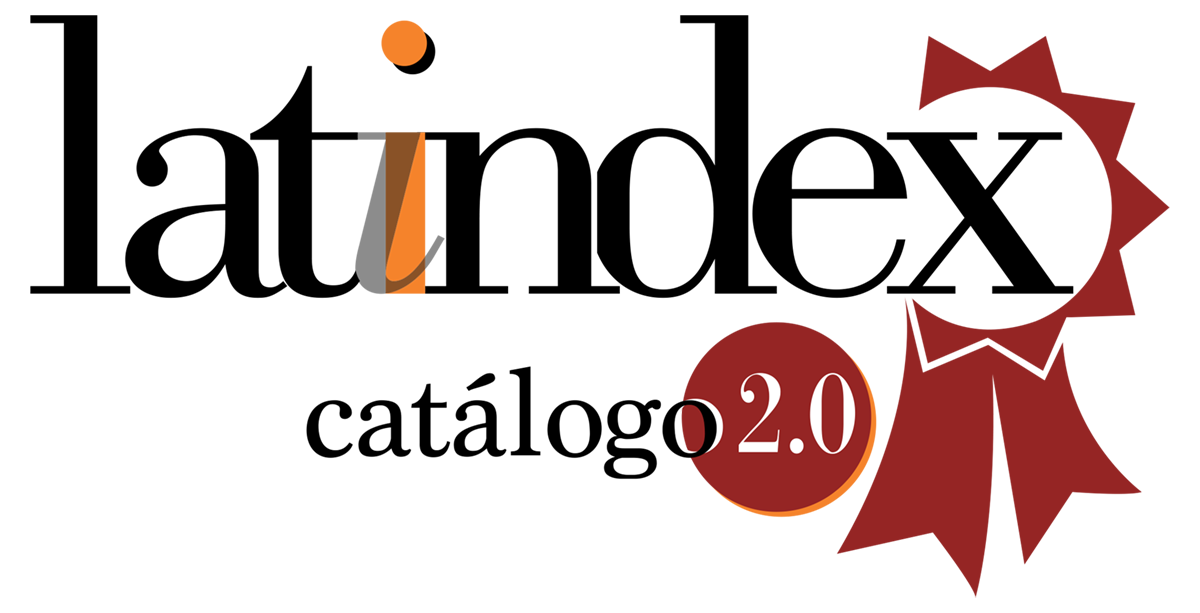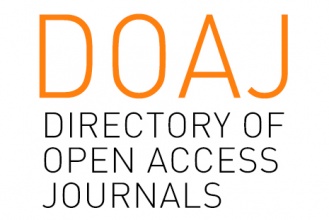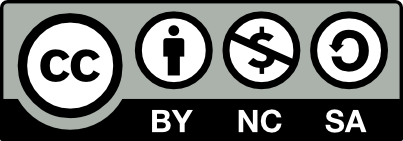Adaptaciones del ciclo de vida de tricópteros limnefílidos en ambientes acuáticos temporarios de la Patagonia
DOI:
https://doi.org/10.24215/16684869e044Palabras clave:
Austrocosmoecus, historia de vida, masas de huevos, humedales, VergerResumen
Las adaptaciones en su ciclo de vida les permiten a los tricópteros de la familia Limnephilidae colonizar aguas temporales, destacándose entre estas adaptaciones la puesta de masas de huevos depositadas fuera del agua. En el Parque Municipal Llao Llao, cercano a Bariloche, se identificaron tres especies capaces de colonizar humedales temporarios: Verger vespersus, V. lutzi y Austrocosmoecus hirsutus. Un muestreo realizado en 2022 permitió estudiar las abundancias relativas de cada especie y el seguimiento del desarrollo larval a lo largo del hidroperiodo, hasta la emergencia de los adultos. Durante la fase seca del humedal (enero a mayo), se localizaron y describieron las masas de huevos y los microhábitats donde se depositaban. En el laboratorio, se analizaron características como el número y diámetro de los huevos. Se identificaron cuatro estadios de desarrollo larval, diferenciados por la relación entre el ancho cefálico y la longitud total. El crecimiento larval mostró variabilidad entre los diferentes humedales. La emergencia de los adultos ocurrió en diciembre, mientras que las puestas de huevos fueron observadas entre febrero y marzo. Las masas de huevos se encontraron en suelos húmedos, debajo de hojarasca, entre plantas herbáceas o bajo troncos en descomposición. Las masas de Verger son pequeñas, con más de 100 huevos pequeños, mientras que las de Austrocosmoecus hirsutus son más grandes, pero con menos de 100 huevos de mayor tamaño. Estos datos inéditos sobre la biología de tricópteros patagónicos resaltan la importancia de continuar investigando este grupo de insectos.
Referencias
Angrisano, E. B. (1983). Estados preimaginales de Magellomyia limnophilus Schmid 1955 y M. appendiculata (Ulmer 1904) (Trichoptera, Limnephilidae). Revista de la Sociedad Entomológica Argentina, 42, 326-334.
Brand, C. y Miserendino, M. L. (2011). Life history strategies and production of caddisflies in a perennial headwater stream in Patagonia. Hydrobiologia, 673, 137-151. https://doi.org/10.1007/s10750-011-0768-3
Brand, C. y Miserendino, M. L. (2012). Life cycle phenology, secondary production, and trophic guilds of caddisfly species in a lake-outlet stream of Patagonia. Limnologica, 42, 108-117. https://doi.org/10.1016/j.limno.2011.09.004
Chester, E. T. y Robson, B. J. (2011). Drought refuges, spatial scale and recolonization by invertebrates in non-perennial streams. Freshwater Biology, 56, 2094-2104. https://doi.org/10.1111/j.1365-2427.2011.02644.x
De Block, M. y Stoks, R. (20 05). Fitness effects from egg to reproduction: bridging the life history transition. Ecology, 86, 185-197. https://doi.org/10.1890/04-0116
Domínguez, E. y Fernández, H. R. (2009). Macroinvertebrados bentónicos sudamericanos. Sistemática y biología. Fundación Miguel Lillo.
Dos Santos, D. A., Rueda Martín, P. A. y Reynaga, M. C. (2015). Spatial patterns of caddisflies from Austral South America. Systematics and Biodiversity, 13(5), 419-443. https://doi.org/10.1080/14772000.2015.1045954
Flint, O. S. Jr. (1968). Studies of Neotropical caddisflies, VII: Trichoptera from Masatierra, Islas Juan Fernandez. Revista Chilena de Entomología, 6, 61-64.
Flint, O. S. Jr. (1982).Studies of Neotropical caddisflies, XXX: Larvae of the genera of South American Limnephilidae (Trichoptera). Smithsonian Contribution to Zoology, 355, 1-30.
Florencio, M., Díaz-Paniagua, C., Gomez-Mestre, I. y Serrano, L. (2012). Sampling macroinvertebrates in a temporary pond: Comparing the suitability of two techniques to detect richness, spatial segregation and diel activity. Hydrobiologia, 689, 121-130. https://doi.org/10.1007/s10750-011-0690-8
García, R. D., Jara, F. G., Pueta, M. y García, P. E. (2024). Los pequeños humedales de Bariloche y su entorno. Macroscopia, 12, 25-32.
García, R. D., Diéguez, M. C., Garcia, P. E. y Reisig, M. (2023). Spatial and temporal patterns in the chemistry of temperate low order Andean streams: Effects of landscape gradients and hydrology. Aquatic Science 85, 102. https://doi.org/10.1007/s00027-023-01001-6
Guerra-Grenier, E. (2019). Evolutionary ecology of insect egg coloration: A review. Evolutionary Ecology, 33, 1-19. https://doi.org/10.1007/s10682-018-09967-8
Jara, F. G. (2016). Predator-prey body size relationship in temporary wetlands: Effect of predatory insects on prey size spectra and survival. Annales de Limnologie – International Journal of Limnology, 52, 205-216. https://doi.org /10.1051/limn/2016011
Jara, F. G. (2019).The impact of phenology on the interaction between a predaceous aquatic insect and larval amphibians in seasonal ponds. Hydrobiologia, 835(1), 49-61. https://doi.org/10.1007/s10750-019-3928-5
Jara, F. G., Úbeda, C., Moncada, M. y Perotti, M. G. (2021). Natural history traits of the terrestrial breeding frog Batrachyla taeniata (Anura: Batrachylidae) in wet meadows of Patagonia. Studies of Neotropical Fauna & Environment, 58, 574-586. https://doi.org/10.1080/01650521.2021.2005394
Jara, F. G., García, P. E., García, R. D., Sganga, J. V. y Pueta, M. (2023). Which variables influence the structure and abundance of aquatic herbivorous assemblages in small forested Patagonian wetlands? New Zealand Journal of Marine and Freshwater Research, 58(3), 422-439. https://doi.org/10.1080/00288330.2023.2236034
Jara, F. G. (2025). Breeding out of water: Life history adaptations of endemic Andean-Patagonian caddisflies in temporary wetlands. Canadian Journal of Zoology, en prensa.
Lancaster, J. y Downes, B. J. (2013). Aquatic Entomology. Oxford University Press.
Lancaster, J., Downes, B. J. y Arnold, A. (2010). Oviposition site selectivity of some stream-dwelling caddisflies. Hydrobiologia, 652, 165-178. https://doi.org/10.1007/s10750-010-0328-2
Lund, J. O., Wissinger, S. A. y Peckarsky, B. L. (2016). Caddisfly behavioral responses to drying cues in temporary ponds: Implications for effects of climate change. Freshwater Science, 35, 619-630. https://doi.org/10.1086/685583
Mercado, M. (2004). Macroinvertebrados de turberas australes (Tierra del Fuego). En D. E. Blanco y M. V. de la Balze (Eds.), Los Turbales de la Patagonia Bases para su inventario y la conservación de su biodiversidad (pp. 119 -128). Wetlands International.
Montemayor, S. I., Melo, M. C., Scattolini, M. C., Pocco, M. E., del Río M. G., Dellapé, G., Scheible, E.E., Roig, S. A., Carzola, C. G. y Dellapé, P. M. (2017). The fate of endemic insects of the Andean region under the effect of global warming. PLoS ONE, 12, e0186655. https://doi.org/10.1371/journal.pone.0186655
Morrone, J. J. (2015). Biogeographical regionalisation of the Andean region. Zootaxa, 3936, 207-236. https://doi.org/10.11646/zootaxa.3936.2.3
Nazrul-Islam, A. K., Khan, F., Khatun, A., Khan, M. R., Abdullah, A. N. y Jha, P. K. (2013). Ecological conditions of a temporary wetland in bangladesh. Ecoprint: An International Journal of Ecology, 18, 71-76. https://doi.org/10.3126/eco.v18i0.9413
Oertli, B., Auderset J. D., Castella, E., Juge, R., Lehmann, A. y Lachavanne, J. B. (2005). PLOCH: A standardized method for sampling and assessing the biodiversity in ponds. Aquatic Conservation: Marine and Freshwater Ecosystems, 15, 665-679. https://doi.org/10.1002/aqc.744
Semlitsch, R. D., Peterman W. E., Anderson T. L., Drake D. L. y Ousterhout B. H. (2015). Intermediate pond sizes contain the highest density, richness, and diversity of pond breeding amphibians. PLoS ONE, 10(4), e0123055. https://doi.org/10.1371/journal.pone.0123055
Sganga, J. V., Valverde, A. D. C. y Jara, F. G. (2022). Immature stages of the limnephilid caddisfly Verger lutzi (Navás 1918) (Trichoptera: Limnephilidae): Description and larval life history traits in seasonal forested wetlands of Northwestern Patagonia. Anais da Academia Brasileira de Ciencias, 94, 1-19. https://doi.org/10.1590/0001-3765202220210583
Sganga, J. V., Brand, C., Santosm A. P. M. y Rueda Martín, P. A. (2023). Trichoptera. En L. E. Claps, S. Roig-Juñet y J. J. Morrone (Dirs.), Biodiversidad de Artrópodos Argentinos (vol. V, pp. 213-228). Editorial INSUE UNT.
Silver, C. A., Vamosi, S. M. y Bayley, S. E. (2012).Temporary and permanent wetland macroinvertebrate communities: Phylogenetic structure through time. Acta Oecologica, 39, 1-10. https://doi.org/10.1016/j.actao.2011.10.001
Strachan, S. R., Chester, E. T. y Robson, B. J. (2015). Freshwater invertebrate life history strategies for surviving desiccation. Springer Science Reviews, 3, 57-75. https://doi.org/10.1007/s40362-015-0031-9
Tejedor, F. J. (1990). Análisis de varianza: introducción conceptual y diseños básicos. Arco Libros.
Watson, J. A. L., Theischinger, G. y Abbey, H. M. (1991). The Australian dragonflies: A guide to the identification, distributions and habitats of Australian odonatan. SCIRO.
Wickson, S., Chester, E. T. y Robson, B. J. (2012). Aestivation provides flexible mechanisms for survival of stream drying in a larval trichopteran (Leptoceridae). Marine and Freshwater Research, 63, 821-826. https://doi.org/10.1071/MF12095
Wiggins, G. B. (1973). A contribution to the biology of caddisflies (Trichoptera) in temporary pools. Contribution of Life Science Division, Research Ontario Museum, 88, 1-28.
Wiggins, G. B. (2004). Caddisflies: The underwater architects. University of Toronto Press.
Wiggins, G. B., Mackay, R. J. y Smith, I. M. (1980). Evolutionary and ecological strategies of animals in annual temporary pools. Archive of Hydrobiology/Supplementary, 58, 97-206.
Wilbur, H. M. (1980). Complex Life Cycles. Annual Review of Ecology and Systematic, 11, 67-93.
Williams, D. D. (1996). Environmental constraints in temporary freshwaters and their consequences for the insect fauna. Journal of the North American Benthological Society, 15, 634-650. https://doi.org/10.2307/1467813
Wissinger, S. A, Brown, W. S. y Jannot, J. E. (2003). Caddisfly life histories along permanence gradients in high-altitude wetlands in Colorado (U.S.A.). Freshwater Biology, 48, 255-270. https://doi.org/10.1046/j.1365-2427.2003.00997.x

Descargas
Publicado
Número
Sección
Licencia
Derechos de autor 2025 Fabián Gastón Jara, María Soledad Abraham, Julieta Valeria Sganga

Esta obra está bajo una licencia internacional Creative Commons Atribución-NoComercial-CompartirIgual 4.0.





















